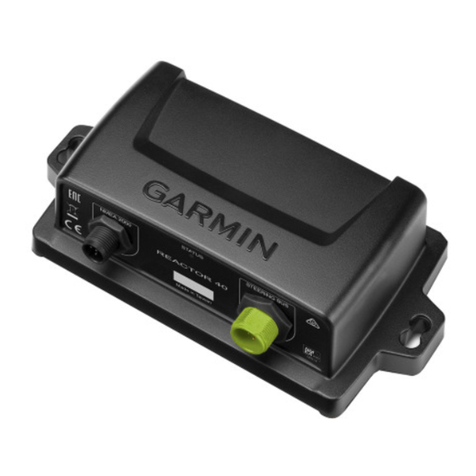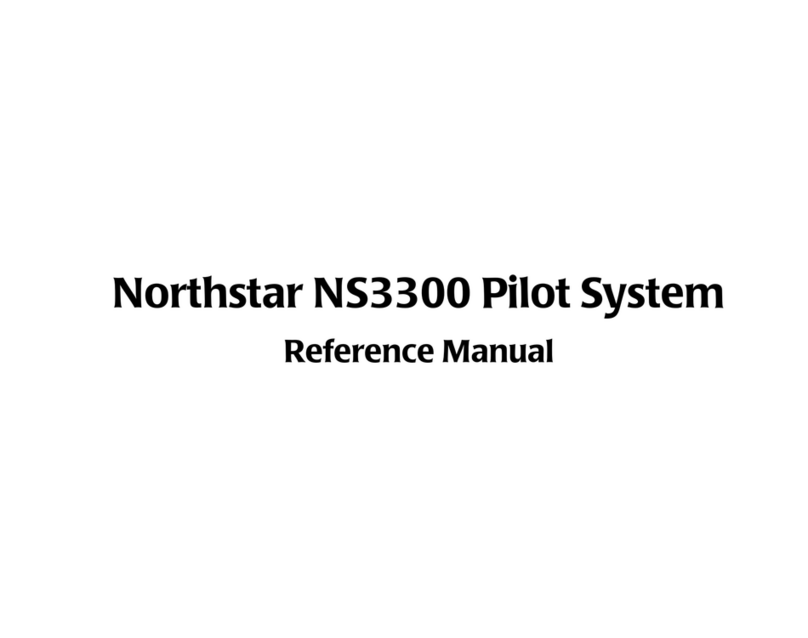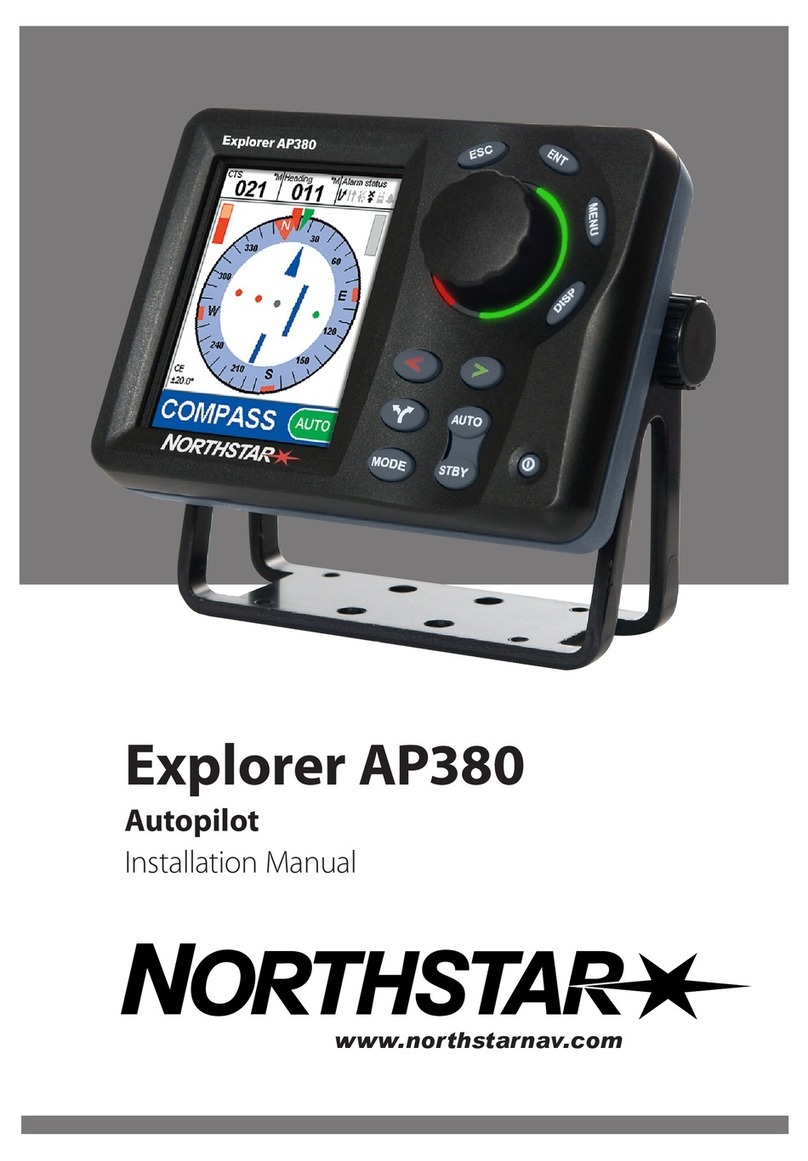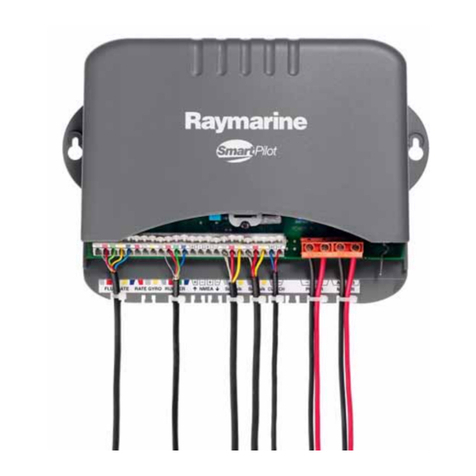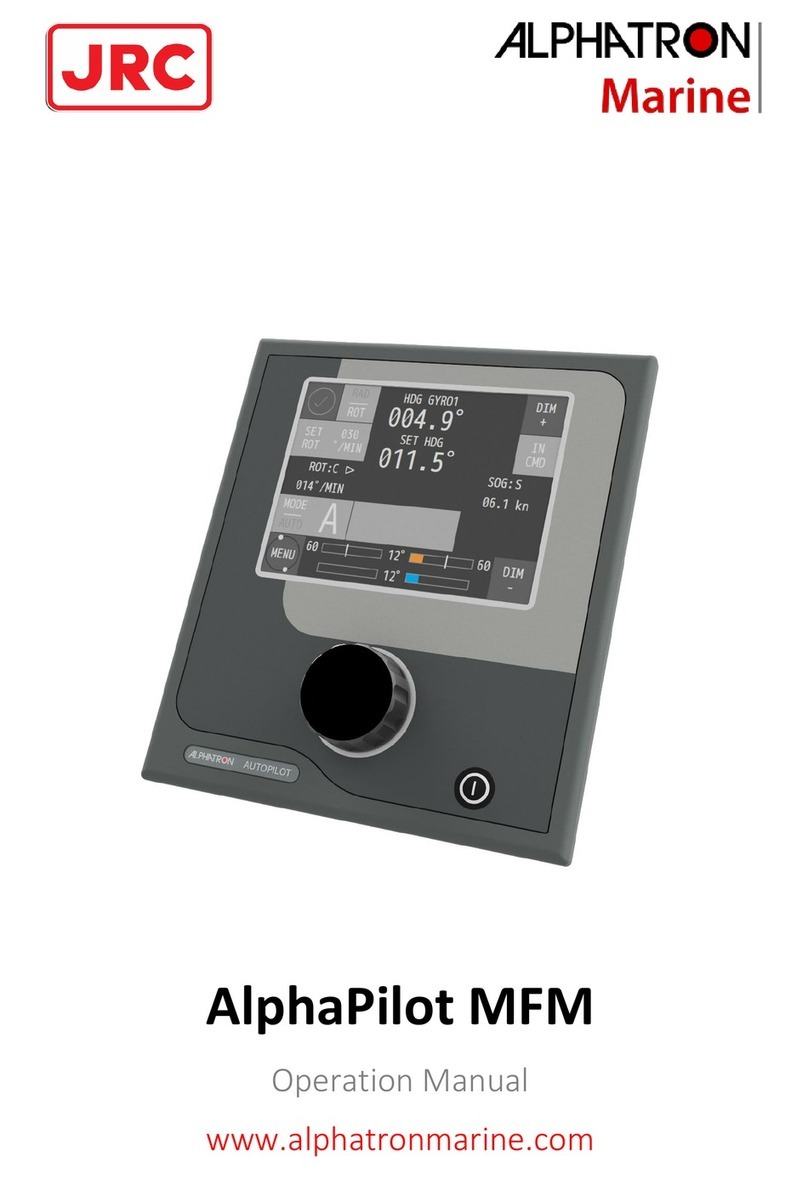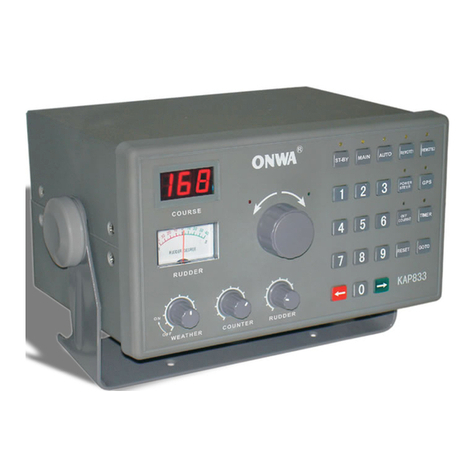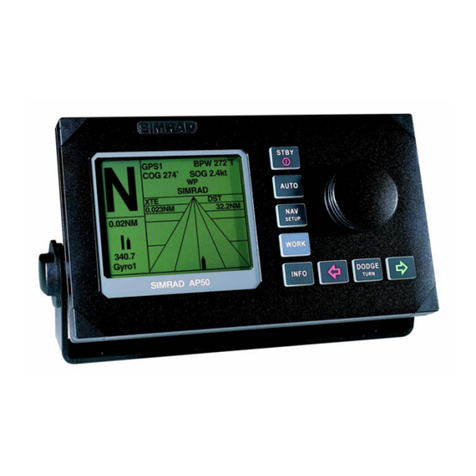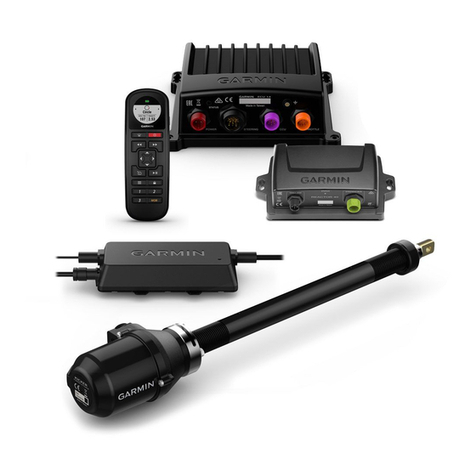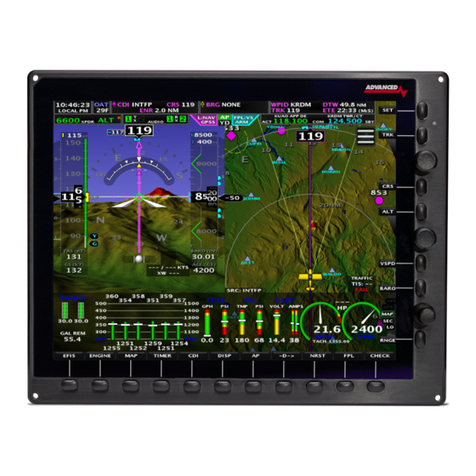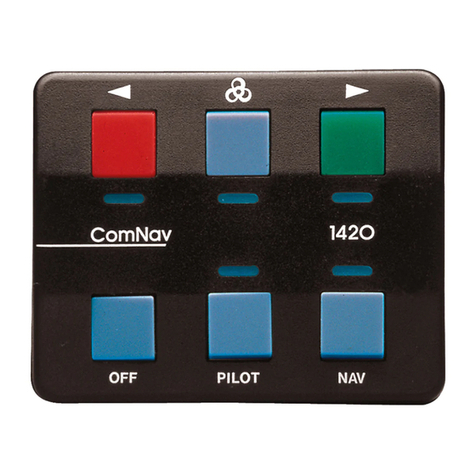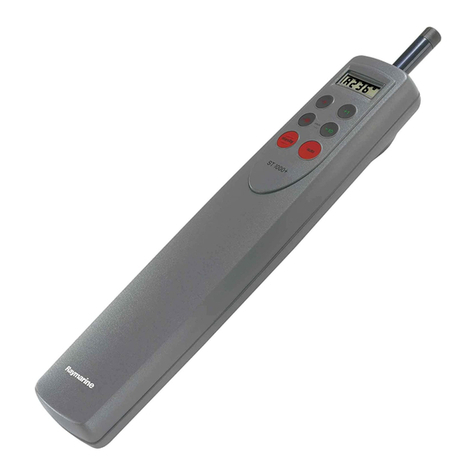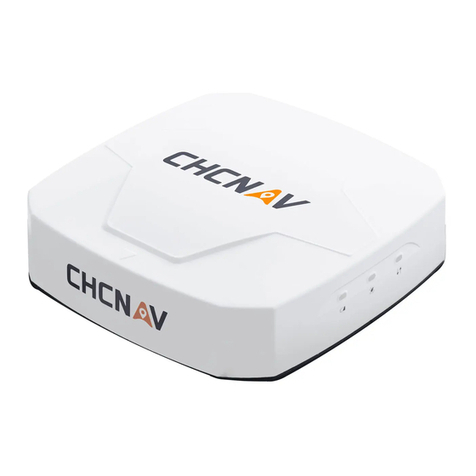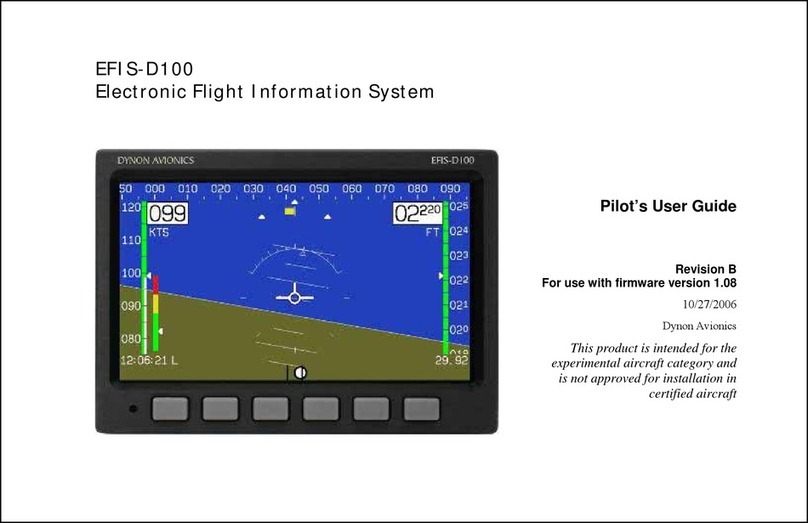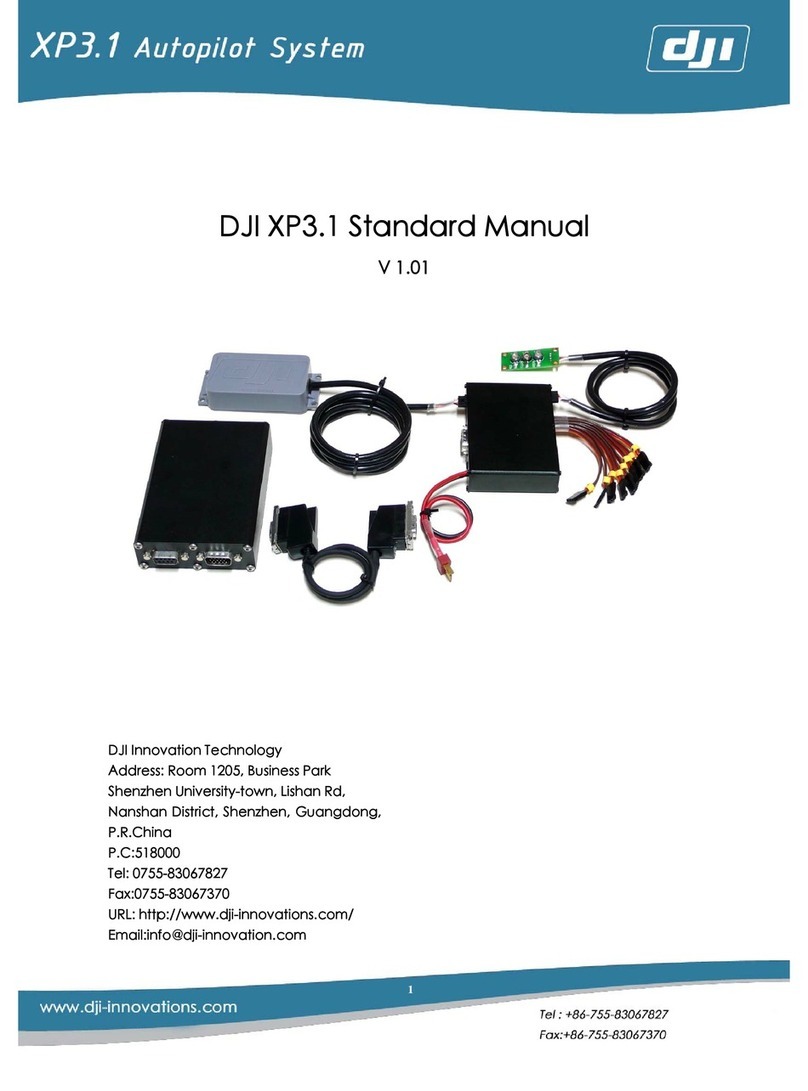Operating manual ALPHASEAPILOT MFC Issue 1.1 Page 4 of 84
ALPHASEAPILOT MFC
2.11
The TURN MODE Keys
..........................................................................................39
2.11
i) The ‘U TURN’ Key
........................................................................................39
2.11 ii) The ‘NEXT COURSE’ Key
..............................................................................39
2.11 iii) The +/-1° / +/-5° Key
.................................................................................40
2.12
The Rotary SET COURSE Control
...........................................................................41
2.13
The CANCEL & CONFIRM KEYS
.............................................................................43
2.14
The Control Unit Start Up Display Splash Screen)
................................................44
2.15
The Control Unit Operational Display
....................................................................45
2.16
Sea Trials and Autopilot Type Selection
.................................................................46
2.17
Mag/True Heading Assessment
.............................................................................47
2.18
Autopilot Engagement ON)
..................................................................................47
2.19
Initial Course Keeping Performance
......................................................................48
2.20
Optimising the Rudder Control Setting
..................................................................49
2.21
Optimising the Rudder Control Band
.....................................................................49
2.22
Loop Gain Calibration
...........................................................................................50
2.23
Autotrim Automatic Permanent Helm) Assessment
..............................................50
2.24
The Counter Rudder Control Setting
.....................................................................53
2.25
Optimising the Yaw Control Setting
.......................................................................54
2.26
STW Speed Data Input Speed through the Water)
...............................................55
2.27
SOG Speed Data Input Speed over the Ground)
..................................................55
2.28
Draft Input Laden State)
.....................................................................................55
2.29
Calibration of Adaptive Steering Performance vs Speed
.........................................56
2.29 i) Adaptive Calibration Input Requirements:-
...................................................56
2.29 ii) Calibration of Power Steer Override Controls vs Speed:-
...............................56
2.29 iii) To calibrate Adaptive Autopilot Steering vs Speed:-
......................................57
2.30
Calibration of Adaptive Steering Performance vs Draft
...........................................58
2.31
Setting the Rudder Limit Control
...........................................................................59
2.32
Setting Rate of Turn Control
.................................................................................60
2.33
Setting Maximum Safe Rate of Turn
......................................................................61
2.34
Setting Radius of Turn
..........................................................................................62
2.35
Optimising the Off Heading & Course Comparator CCA) Alarms
............................63
2.36
Setting and Confirming New Autopilot Courses
......................................................65
2.37
Setting the Watch Alarm Period
............................................................................66
2.38
The Track Function
...............................................................................................67
2.38 i) Track Mode Display and Status Information
..................................................68
2.38 ii) Track Mode Alarms
......................................................................................69
2.38 iii) Engaging the Track Function
........................................................................69
2.39
Manual and Auto Deviation Correction
..................................................................70
2.39 i) Automatic Deviation Correction Procedure
....................................................70
2.39 ii) Manual Deviation Correction Procedure
........................................................71
2.39 iii) To Clear the Programmed Deviation Table
....................................................71
2.40
ALPHASEAPILOT MFC Second Station Control Units
...............................................72
2.41
NT920 NFU Power Steering – Refer to Section 1.21
...............................................73
2.42 NT990 FU Power Steering – Refer to Section 1.22
.................................................73
2.43 Special Latched and Non Latched Power Steer Controls
.........................................73
2.43 i) Normal proprietary Follow Up Power Steer:-
.................................................73
2.43 ii) Non Latched Jog Lever Non Follow Up) Override Control:-
...........................74
2.43 iii) Latched Jog Lever NFU) Override & Resume Course Control:-
......................74
2.43 iv) To Select the Isolated Input Steering Mode:-
................................................75
2.43 v) To Calibrate Isolated Input Steering Modes against Speed:-
.........................75
